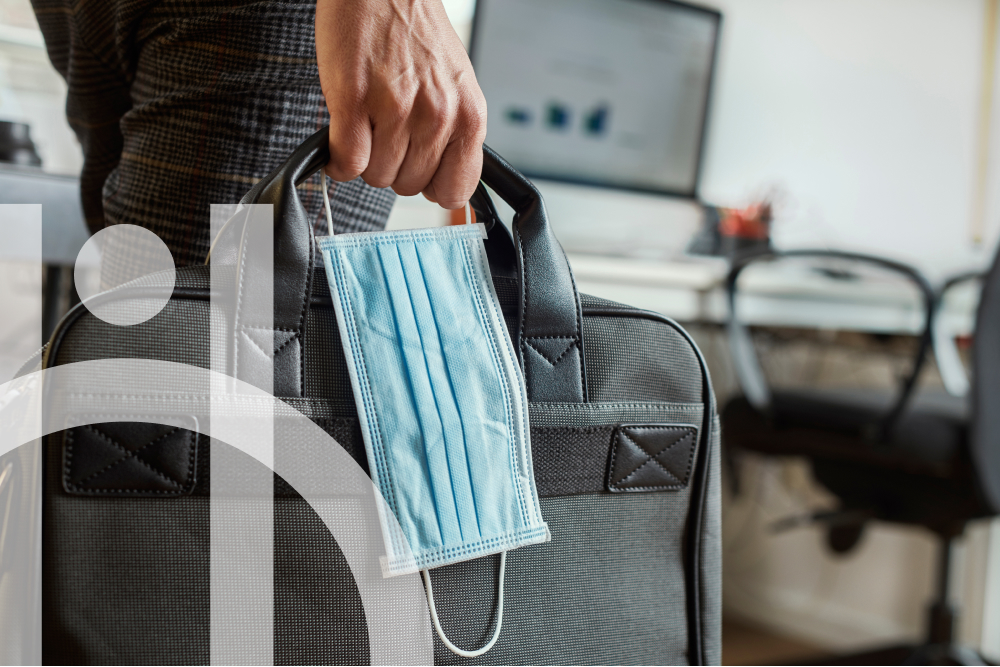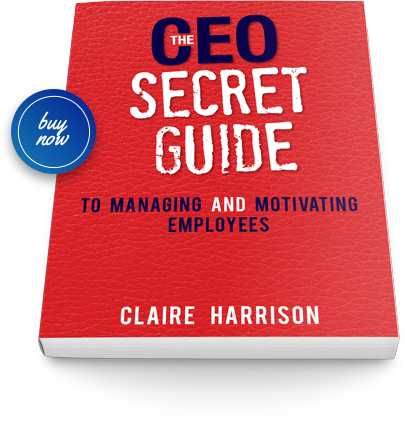As COVID-19 cases continue to occur in our workplaces, as well as discussions around vaccination policies and working from home, it’s time to consider where to from now as an employer managing their obligations around COVID-19. At Harrison HR we work with a wide range of clients from professional services to manufacturers to community and health services. One common factor is the challenge of managing a workforce – and customer/client expectations due to COVID-19.
Recently we’ve provided advice to clients around many COVID-19-related matters, including:
Employees Attending Work – When They Shouldn’t
Issue: Unfortunately, not all employees are able to work from home when quarantining, isolating or when symptomatic. It means these employees are forced to use leave entitlements and/or not get paid when they’re unable to work. Therefore, we have seen employees working when they are showing symptoms, not testing for fear of being COVID-19 positive, or working when they have tested positive.
Action: You must take steps to prevent the person from potentially spreading the virus by isolating them from others, and provide appropriate personal protective equipment (PPE) to the affected person, such as disposable surgical masks, and hand sanitiser and tissues, if available. You are not expected, and should not try, to diagnose workers. However, you have a work health and safety duty to minimise the risk of workers and others in the workplace being exposed to COVID-19 so far as reasonably practicable.
Anyone who is unwell should not be at a workplace. If anyone develops symptoms at work such as fever, cough, sore throat or shortness of breath, you should ask them to seek medical advice. However, it’s important to remember that if a person becomes sick with these symptoms at work they may be suffering from a cold, the flu or other respiratory illness and not COVID-19.
There are several strategies and considerations to help address the problem of employees attending work sick. Here are a few:
- In consultation with workers develop and communicate a policy around vaccinations, testing and working from home to avoid employees attending work when sick.
- Require RATs to be undertaken if an employee turns up to work with COVID-19 symptoms (and consider on-site temperature checks), and not allowing employees to work until the test is complete – and negative. Suggest this requirement is included in Policy after employee consultation.
- Get clear on your “alternative duties”, work from home and flexible working arrangements position. Is there a way for employees to do some – maybe different to their normal work – from home? Do you need to upgrade your technology to allow more people the ability to work from home? Is there a place for them to work in isolation from others at the workplace?
Forging COVID-19 Tests
Issue: An employee who had previously had COVID-19 provided a “dodgy” looking RAT – the positive line was bleeding. This was to substantiate their week of work to quarantine. However, their partner posted a photo on social media of them both at the gym during the quarantine period. Considering these two (2) factors, the employee was asked to undertake a PCR test. The employee provided a doctored version of their original PCR test result test message.
Action: A disciplinary show cause meeting was held with the employee to put forward the allegation of forging COVID-19 tests. The employee admitted to the forgery. Due to extenuating circumstances, the employee was issued with a first and final warning. However, in the absence of the extenuating circumstances it is likely the employee would have been summarily dismissed.
Workplace Set-Up
Issue: We’ve had a professional services client asking about the requirements and recommendations for a COVID-19 safe workplace now that government mandates have been removed.
Action: An employer’s duty of care under work health and safety legislation is the same for COVID-19 as it is for other workplace risks, therefore a risk management approach needs to be taken.
In consultation with workers (including employees, contractors and volunteers) conduct a workplace risk assessment considering:
- Likelihood and degree of harm people may experience if exposed to COVID-19; and
- What are the most effective control measures that are reasonably practicable to manage the risk.
Control measures may include:
- physical distancing;
- good hygiene; and
- cleaning of workplaces.
It’s important to continually monitor and review the risks and effectiveness of the control measures.
Please reach out to Harrison HR by email at info@hhr.com.au or call 1300 001 447 if we can help with your COVID-19 challenges.
Claire Harrison is the Founder and Managing Director of Harrisons, a flourishing HR consulting business that sprouted in 2009 from Claire’s passionate belief that inspiring leaders and superstar employees are the key success factor to any business. With over 20 years’ experience, Claire has worked as a HR Director of multi-national organisations, as a Non-Executive Board Director, and a small business owner. Claire’s corporate career includes working with companies such as BHP, Westpac, Fonterra and Mayne Nickless.




